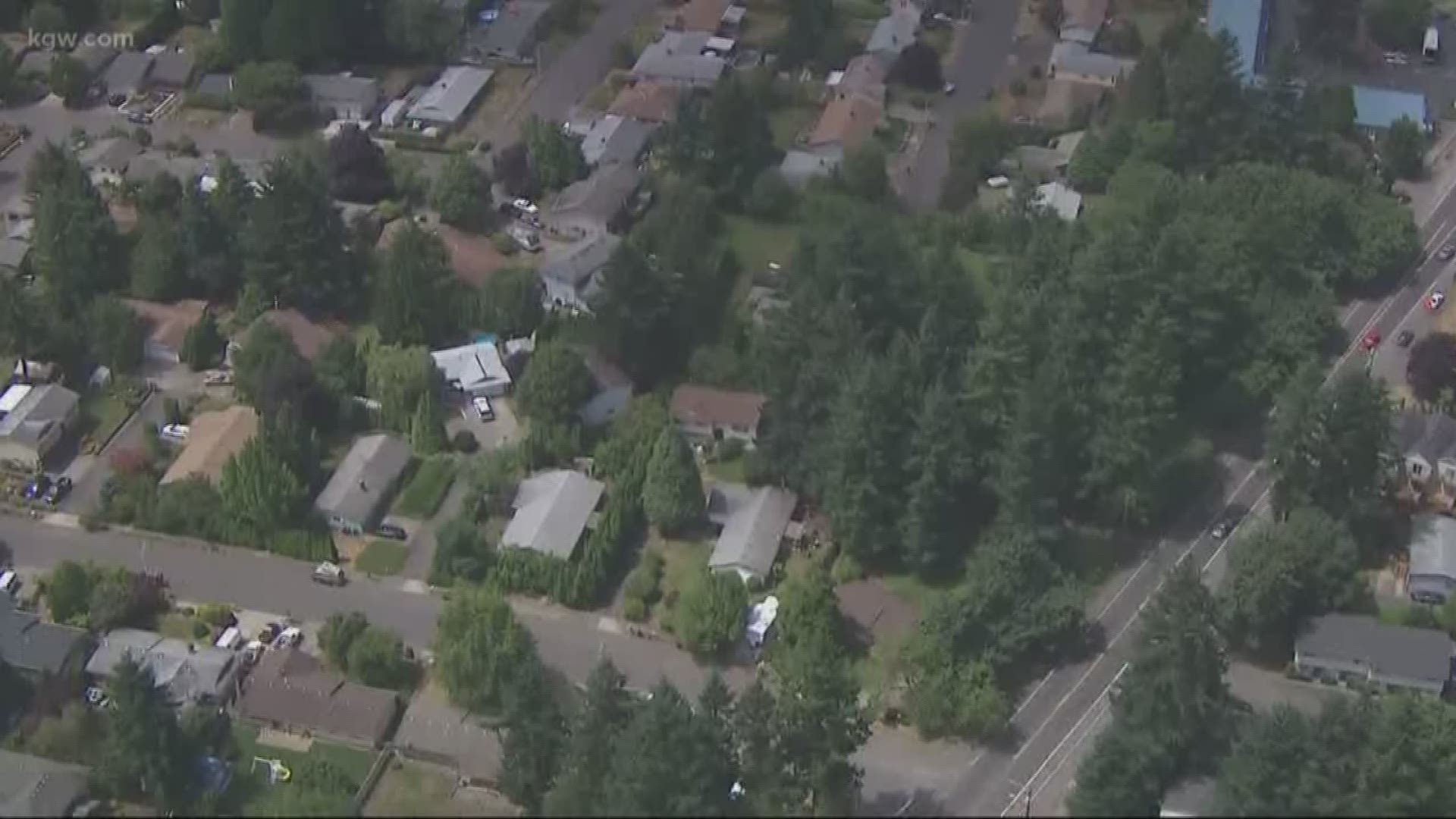Have you been impacted by housing price changes? Share your story: Email investigators@kgw.com
PORTLAND, Ore. – East Portland neighborhoods saw the highest rent increases in the city last year, the 2018 State of Housing in Portland report found.
The report breaks down how fast rents and home sales prices rose last year in Portland, which neighborhoods are growing the fastest, and how that impacts people across demographic divides.
Parkrose saw the fastest-rising rents across the board. Studio apartments now cost $977 per month to rent on average, a whopping 106 percent increase from last year. One-bedrooms rose 17 percent, to $1,021, two-bedrooms increased by 12 percent to $1,235, and three bedrooms cost $1,417, a spike of 20 percent.
Other East Portland neighborhoods saw massive rent increases as well. A studio in Gateway now costs $833 -- 86 percent more than it did last year. Studios in Roseway-Cully rose 46 percent to $992, Centennial one-bedrooms rose 16 percent to $906, and a studio in Montavilla is now $1,048, an increase of 13 percent.
That doesn’t mean East Portland has the highest housing prices, though. That designation goes to Marquam Hill for studios, which now run on average $1,271. The most expensive average one-bedroom in Portland is on Hayden Island, at $1,603. Northwest claims the title for most expensive two-bedroom, at $2,431, and Central City boast the priciest three-bedroom, which will run renters – on average -- $2,971 per month.
The East Portland rent spike disproportionately hurts Portland’s minority communities. The historically affordable neighborhoods around and east of 82nd Avenue are now too expensive for many minority families to afford.
The average Black or Native American household can’t afford to rent in any of Portland’s neighborhoods, except a studio in 122nd-Division. The average Latino household can’t rent a two or three-bedroom in any Portland neighborhood, and they can only afford to rent in in about one-third of the other neighborhoods if they want a studio or one-bedroom apartment.
For those who are able to buy a home, the outlook isn't any sunnier. Home prices on average rose 34 percent between 2012 and 2016. The fastest-rising home prices were in Lents, which saw home prices rise by 50 percent between 2011 and 2016.
There is some hope. Rents rose last year, but not as fast as in the past. Overall, rents increased by 2 percent in 2017, instead of the 5-percent or higher spikes Portland saw in each of the four years prior.
And the city is still building many new units, as people in development hubs such as St. Johns, Belmont, Montavilla and Hollywood can attest. Portland issued more than 5,000 building permits in 2016, offering hope that when those homes and apartments become available, rents and home sales prices might drop – or at least stay where they are.

